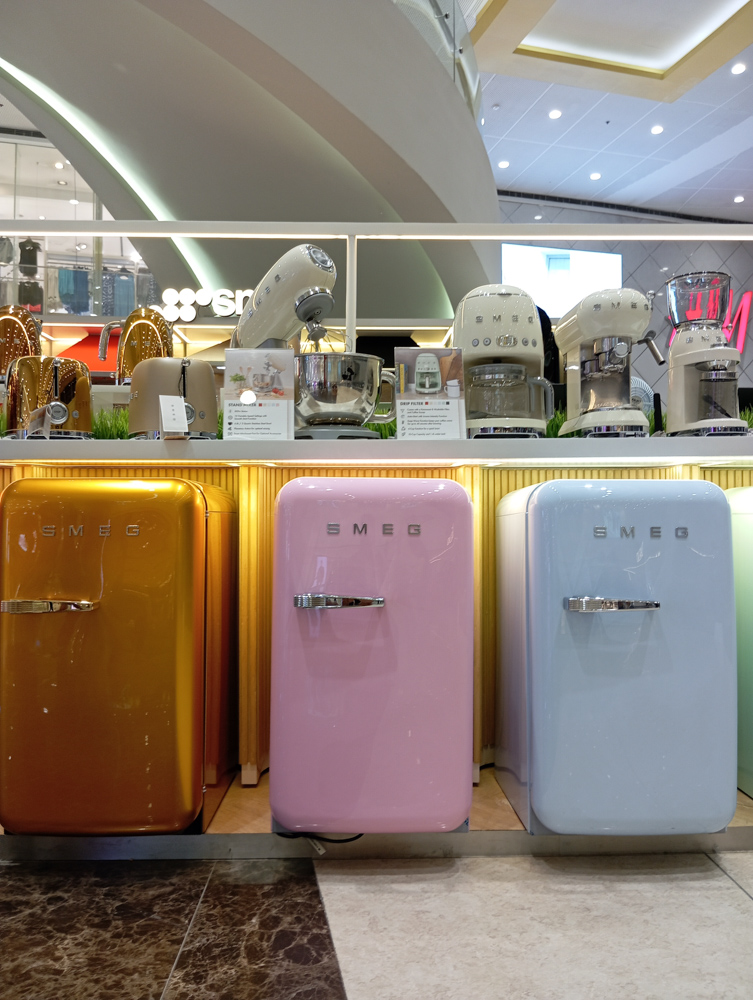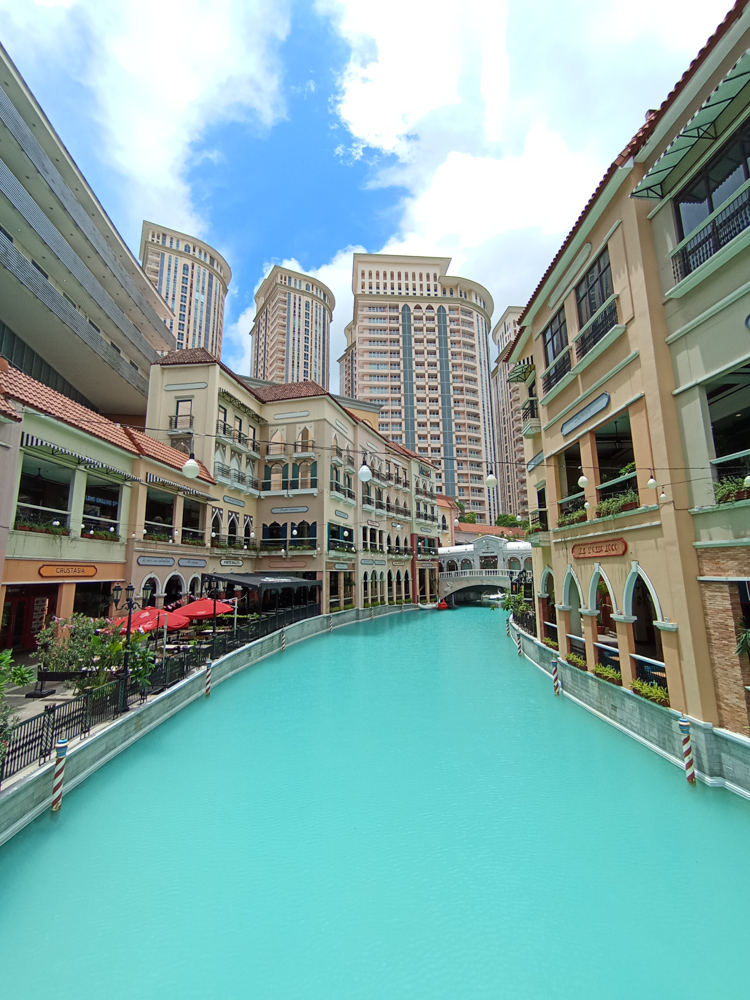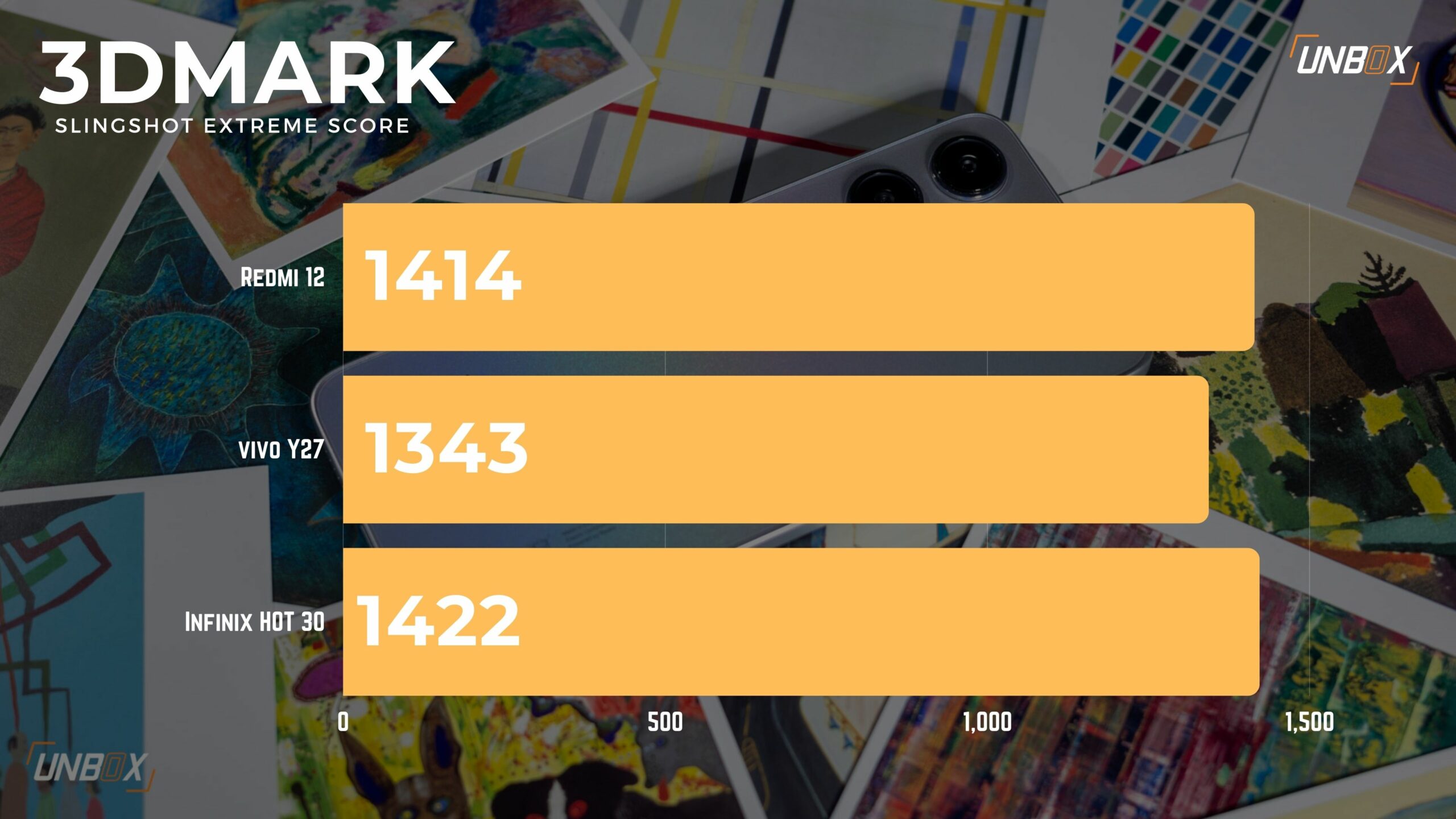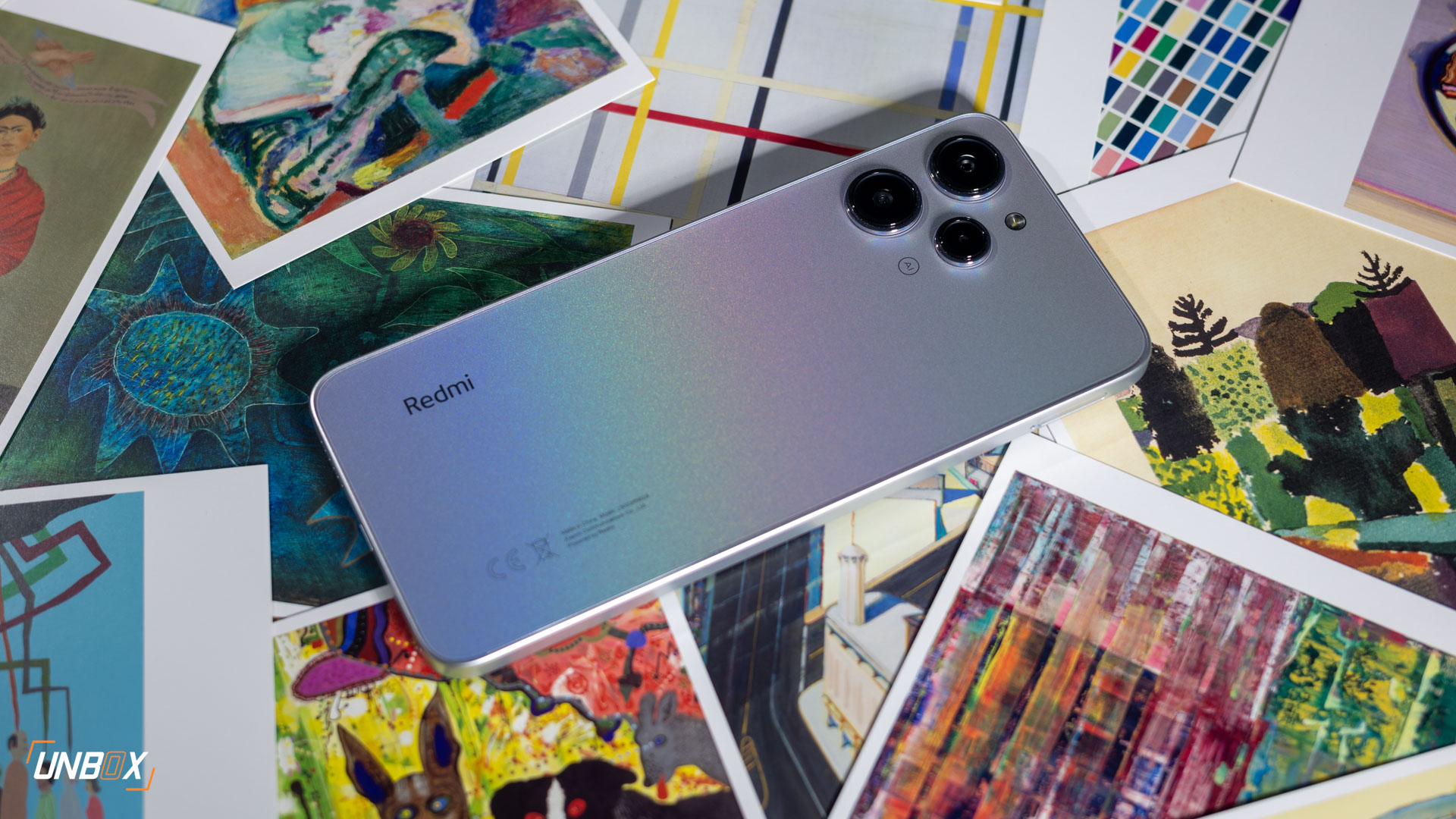
Verdict: The Redmi 12 gets a full design makeover that makes it look much better than the Redmi 10–though barely anything has changed in terms of features.
Pros
-Sleeker look
-Decent camera performance
Cons
-Almost the same features as Redmi 10
-Back to a single-speaker setup
After Xiaomi decided to skip the Redmi 11 in the Philippines, the brand updated its entry-level offerings with the arrival of the Redmi 12. While it shares almost the same set of features as its predecessor, the Redmi 12 boasts an updated design that makes it look stunning for a budget phone. Is the design makeover enough to justify the Redmi 12 as a proper upgrade?
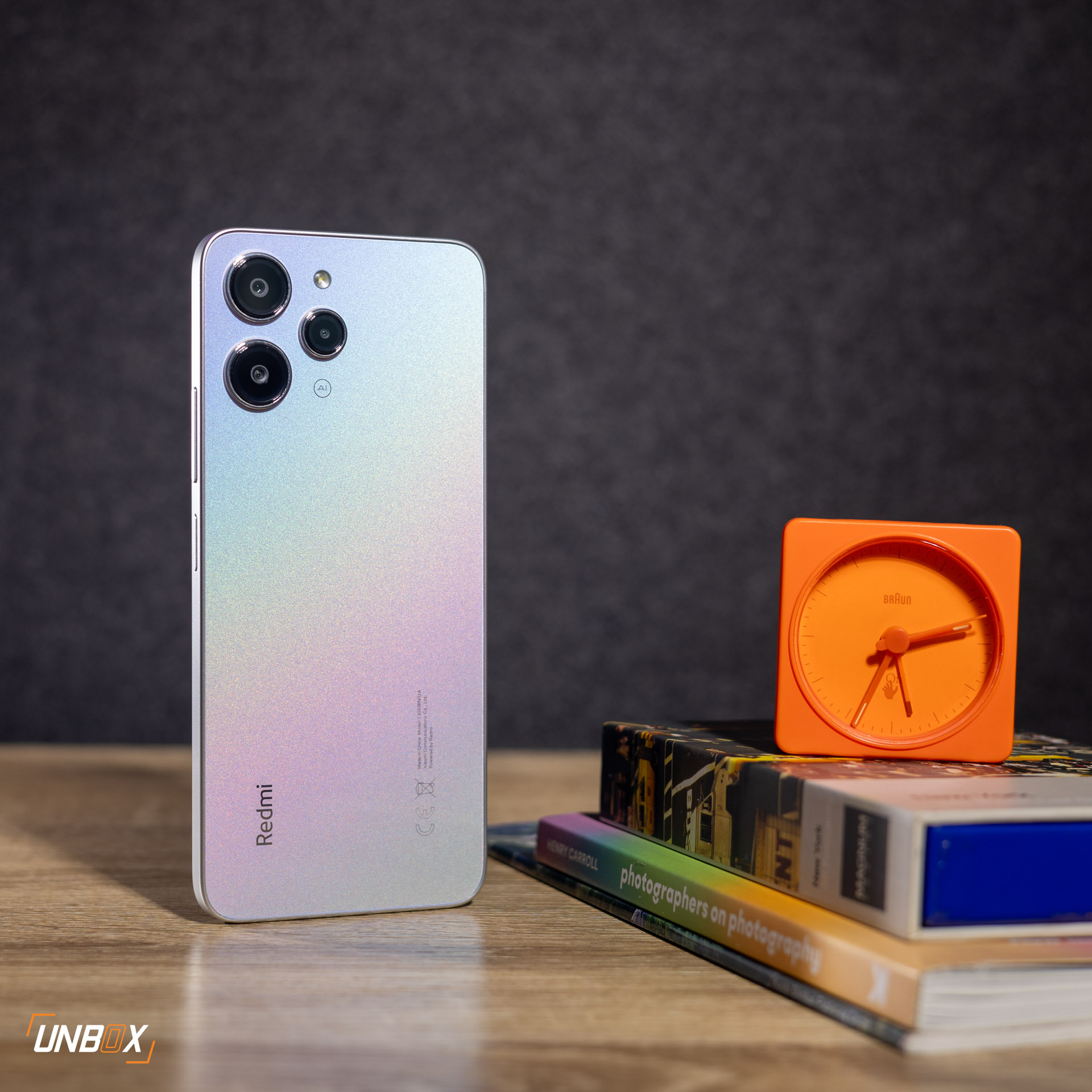
Redmi 12 Review Philippines: Design
Xiaomi gave a makeover to the Redmi 12, swapping the plastic back panel for glass. Our review unit is in Polar Silver, which has a nice rainbow gradient tone as light hits its surface. The updated design also has a simpler camera module design that’s similar to the Redmi 10 5G, giving the Redmi 12 a clean minimalist look. Despite the glossy finish of our review unit, we noticed that it does not attract smudges like crazy. This is a big plus for anyone who wants to showcase the looks of this otherwise gorgeous budget phone without worrying about fingerprints.
The updated design includes flat frame sides that have a non-glossy finish. The button and port layout of the Redmi 12 is the same as its predecessor, though it only comes with a single, bottom-firing speaker. As a trade-off, the Redmi 12 comes with an IP53 rating that should give users peace of mind in case of accidental water splashes.

Redmi 12 Review Philippines: Display
While it is still an IPS panel with a 90hz refresh rate and Full HD+ resolution, the Redmi 12 has a bigger screen estate at 6.79 inches, making it much more enjoyable to consume content. The bezels are rather thick, but the colors are otherwise vibrant and accurate. The display is serviceable even when using the phone in broad daylight–and we noticed that the Redmi 12’s brightness range is better than several similarly-priced budget phones.

The switch to a single, bottom-firing speaker is a downgrade from the stereo speakers of the Redmi 10, but you still get Widevine L1 and a headphone jack so that you can enjoy your favorite Netflix shows in Full HD with your favorite wired cans.

Redmi 12 Review Philippines: Camera
The Redmi 12 has the same camera setup as its predecessor but keeps it simpler by dropping the 2-megapixel depth sensor. We were impressed at what the Redmi 10’s cameras are capable of, and we can say the same for the Redmi 12.
The 50-megapixel main camera took detailed photos in most lighting situations and is on the conservative side when it comes to saturation. This makes the colors more accurate and realistic in photos.
Budget phones usually have difficulties shooting in low-light scenarios, and it’s the same with the Redmi 12. However, like with our experience with the more expensive Redmi Note 12, you can get better low-light shots if you use Night Mode and keep your hands steady for a few seconds.
The 8-megapixel ultra-wide camera offers decent performance for a budget phone, though we noticed that it tends to be aggressive in saturation when shooting in daylight.
The oversaturation of photos shot using the ultra-wide camera is very evident when compared to photos shot using the main camera. We think that Xiaomi can fix this through a software update–as we prefer the more natural-looking colors produced by the main camera.
The 8-megapixel selfie camera takes decent selfies, and it’s nice to see the Redmi 12 not applying aggressive post-processing to keep our faces as natural-looking as possible.

Redmi 12 Review Philippines: Internals and Battery Life
The Redmi 12 keeps the same set of internals as the Redmi 10 with its use of a Helio G88 processor. There are some changes with the RAM and storage configuration, with the model arriving in the Philippines having an 8GB/128GB and 8GB/256GB configuration.
While the Helio G88 is a slightly tweaked version of the Helio G85, we noticed that the Redmi 12 feels more fluid to use with its well-optimized software. Even without any hardware changes, we appreciate how the optimizations under MIUI 14 made the Redmi 12 run smoother even with multitasking and a bit of gaming. We tried to play Genshin Impact on the Redmi 12, and the game is playable as long as you keep the settings to the lowest graphics.
The Redmi 12’s battery life is almost the same as its predecessor, where we got 10 hours and 5 minutes in PCMark’s battery benchmark test. That’s a few minutes better than the 9 hours and 56 minutes we got with the Redmi 10. Topping up the 5000mAh battery is the same 18w charging used on the Redmi 10–and we wished Xiaomi bumped up the charging speeds higher to make it more competitive.

Redmi 12 Review Philippines: Wrap-up and Conclusions
While the Redmi 12 feels like a Redmi 10 with an updated design, it benefits from a few updates like better overall software optimization and the addition of an IP53 rating. At its price point, however, the Redmi 12 will face tough competition in the Philippines as other brands are starting to be more aggressive in the under Php 10k segment.
Redmi 12 Review Philippines: Price
The Redmi 12 is priced at Php 7,999 for the 8GB/128GB variant and Php 8,999 for the 8GB/256GB variant.











